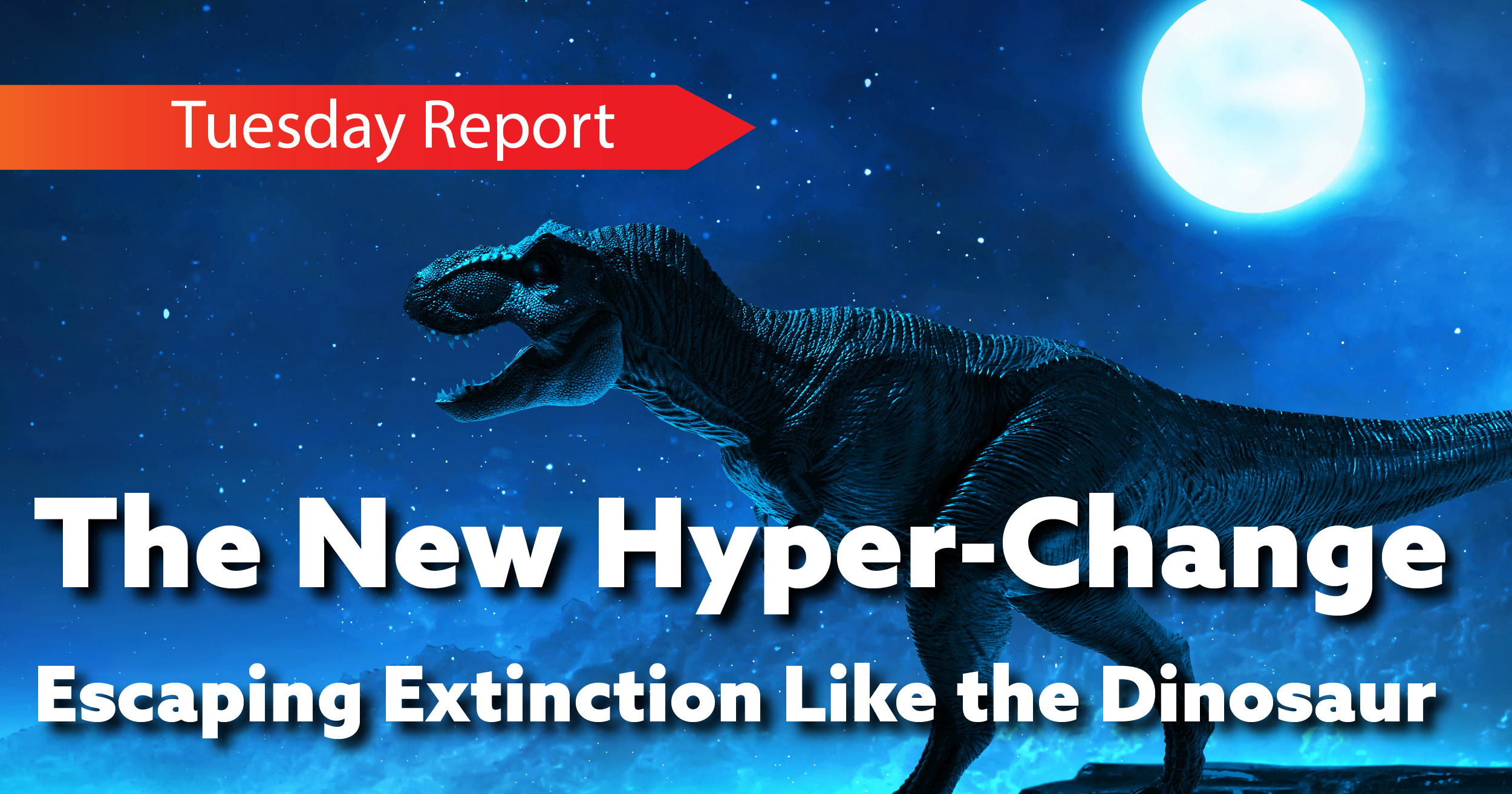When an organization’s best and brightest people have used every tactic and strategy to move an organization forward, only to hit the brick wall that they never imagined existed, that “invisible,” impenetrable brick wall is often an organizational culture that does not bend or accommodate the most powerful assault. Professionals who put up a PowerPoint and announce everyone is going through a six-month culture change program are guilty of felony naivete and a basic lack of understanding of culture.
Few organizations understand how to tap the power of their culture—or how to keep from being defeated by it. Organizational culture is one of the most significant factors in the way organizations function—how they move forward or not. It is all too often not understood–from the executive offices to human resources. Delta Associates, Inc. helps organizations manage cultural change.
Organizational culture is the complex interrelationship of what’s important, unwritten rules, the likely and unlikely people who in the end influence critical decisions, what’s possible and what’s not.
Culture is as real and powerful as the microbes that inhabit our human bodies—and just as invisible to the naked eye. The capacity to manage culture is one of the most important and least understood components of organizational leadership. Peter Drucker famously said, “Culture eats strategy for breakfast.” Frequently new management teams with new investors move in and decimate an organization with an iron determination to impose their wills, ways, and strategies, only to find out the hard way that money, power, and determination cannot break the force of culture.
Sometimes management teams move in with an enlightened approach, open to empowering different corporate cultures, yet fail because empathy does not trump understanding and the technical ability to meld cultures.
When two or more organizations are joined by mergers and acquisitions, all too often the best of each is lost and many of their worst traits remain unchanged. The hope of synergy between them turns into weakness and slows forward momentum. It takes technical skills and knowledge of organizations to tap the power of culture and avert the disaster of failing to understand it.
Delta, Associates, Inc. has a structured process for culture change that incorporates extensive interviews from the C-suite to the front line, assessments and facilitated sessions. This process, along with our extensive knowledge of culture, change, and how organizations achieve outcomes, enables us to assist clients in successfully evolving their culture in desired directions.
1. The Core Culture of an Organization Can’t be Changed, and Shouldn’t be. Culture is formed at the birth of an organization, and emerges functioning just as a person, with an identity it will always have, no matter how much it changes. Once the founders vision is launched, people are hired, and products and services are sold, they have a culture that is as real as height and hair color. In order to change the core of a culture–what is most fundamental about that organization–it must be destroyed, just as FedEx destroyed Kinkos, believing it no longer had a reason to exist. If the organization has current merit, the culture is what makes the organization function.
2. Radical Corporate Change is Possible within an Organization’s Culture. Suddenly a person finds himself/herself 100 pounds over weight and the physician tells them their health is endangered unless they lose the weight. The person has the choice of losing the weight, but not the choice of becoming someone else. Adaptation is vital and a culture can be taught to be more nimble and to change within its core organizational identity.
3. The Key to Cultural Change is Understanding the Culture of the Organization You Need to Change. In order to move forward in the 21st Century, you must understand your culture from inception until now. It is critical to understand the subcultures of an organization, and which ones are core to the culture. An organization that was begun by engineering and process will eventually have other organizational subcultures that will include sales, marketing, product development, human resources, as well as offices around the globe. All these subcultures strive both to fit into the overall organization and to maintain their identity.
4. Cultural Change is Based on an Intentional Process. Cultural drift, especially in an age of constant change, will at first make an organization obsolete, and shortly after non-existent. Sears and Roebuck, the Amazon of the 20th Century, still is around and profitable, but the heart of the company died with the coming of the digital age. Who would have ever predicted the demise of Blockbusters, obliterated with a whole new way of viewing movies.
Cultural change is vital to survival. It happens in the way that all human organizations have changed. When Rome conquered Greece, they adopted everything from Greek architecture to Greek gods, but they were still Rome. Their culture was what made them world conquerors. Culture change and adaptation is what enabled them to continue their power.






